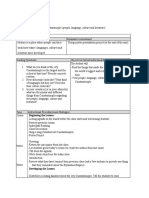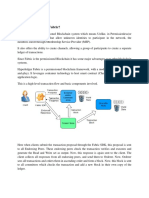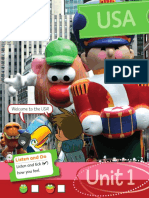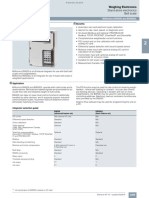0% found this document useful (0 votes)
28 views8 pagesWebtech Reviewer For Midterm
The document provides an overview of web development technologies, detailing front-end and back-end components, including key technologies like HTML, CSS, JavaScript, and various frameworks. It discusses responsive design principles, server requirements, and essential concepts such as Progressive Web Apps (PWAs) and accessibility. Additionally, it emphasizes the importance of testing, debugging, and adhering to web standards for optimal performance and user experience.
Uploaded by
mendozaandreaalexisbsitCopyright
© © All Rights Reserved
We take content rights seriously. If you suspect this is your content, claim it here.
Available Formats
Download as PDF, TXT or read online on Scribd
0% found this document useful (0 votes)
28 views8 pagesWebtech Reviewer For Midterm
The document provides an overview of web development technologies, detailing front-end and back-end components, including key technologies like HTML, CSS, JavaScript, and various frameworks. It discusses responsive design principles, server requirements, and essential concepts such as Progressive Web Apps (PWAs) and accessibility. Additionally, it emphasizes the importance of testing, debugging, and adhering to web standards for optimal performance and user experience.
Uploaded by
mendozaandreaalexisbsitCopyright
© © All Rights Reserved
We take content rights seriously. If you suspect this is your content, claim it here.
Available Formats
Download as PDF, TXT or read online on Scribd
/ 8
























































































